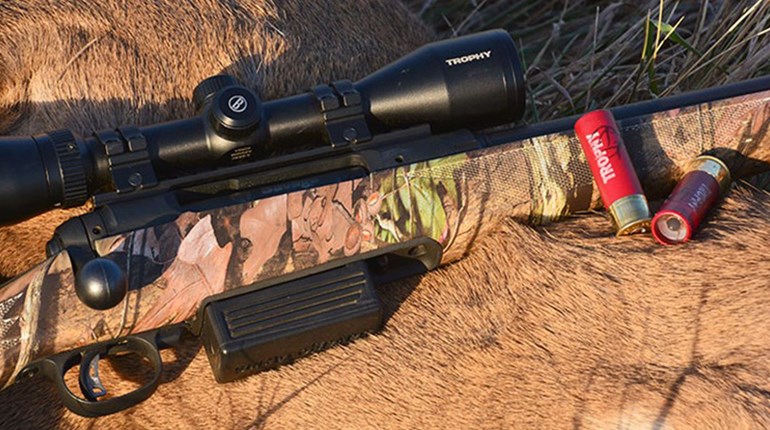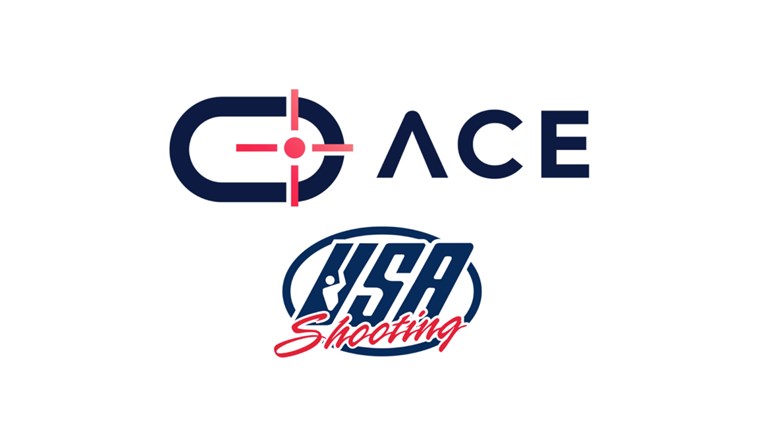
Talk to accomplished trainers, and one theme comes up again and again. Nearly all of them encourage taking up practical shooting competition to reinforce fundamental gun handling and loading techniques. Muscle memory gained on the firing line—under the pressure of competition—is the closest thing most of us can experience to the adrenaline dump of a life-and-death encounter.
Even law enforcement professionals and active-duty military personnel are often encouraged to compete. In fact, some of the top practical shooters in the world come from the law enforcement and military ranks, with Bruce Piatt (Montvale, NJ, Police Department) and Daniel Horner (U.S. Army Marksmanship Unit) being two notable standouts.
Furthermore, our elite warfighters occasionally augment their training with personal instruction from professional shooters like Springfield Armory's Rob Leatham and other top competitors. The elite shooting skill sets are developed and proven on practical shooting ranges, and the information is disseminated at shooting academies across the country. Run down the course and staff listings at most any credible shooting academy, and it's clear practical is often translated into tactical, and vice versa.

There is a tremendous amount of crossover between practical and tactical shotgunning. But in some situations, what excels in one discipline can cost you dearly in the other. Knowing and understanding the differences can help shooters stay safe at home or on the street.
Though competitors certainly run pumps, and semi-automatics are becoming more prevalent for home defense, the average practical shooter most often uses a high-end semi-automatic shotgun. In practical shooting, Benelli and Remington shotguns have long been popular, with the FNH USA SLP steadily gaining ground. They wear expensive extended magazine tubes, improved iron or ghost-ring sights and often a Picatinny rail for optics. Over the last couple of years, the Saiga system has also made serious inroads in Open divisions due to its box magazine.
For home defense, the Remington 870 reigns supreme. Mossberg also enjoys tremendous sales, and many of its pump guns are marketed for the home-defense/duty market. These guns often have less-expensive, yet equally high-capacity magazine extensions, improved iron sights and possibly a light attachment point, while standoff/breaching-type external choke tubes have recently become more popular. Many Wingmasters or other hunting-type pumps serve double-duty for home defense.
While semi-automatics and pumps have strengths and weaknesses, it's how the shotgun is used that dramatically identifies the differences between practical and tactical shooting. Nowhere is that more important than when using a barricade for cover. In competition, match directors use barricades to direct movement, require competitors to shoot from specific firing points and even to hide certain targets. Competitors must then decide how to best utilize the barricade to their advantage, including employing the structure to achieve a better, more stable shooting position. In nearly every case, savvy shooters figure out a way to attack a barricade—using it in some way to shave seconds off their stage time.
In a tactical scenario, the barricade transforms into cover and concealment. Its use in the shooting sports is meant to mimic the real world, but unless you're in a Marine fire team, cover isn't attacked. Instead of rushing to the structure and exposing yourself to the threat, tactical movements require backing off the piece of cover as much as possible—carefully inching left or right in small, measured increments, "slicing the pie." Cover is a place of safety, meant to hide one's position and provide a tactical advantage.
Advantage is the name of the game in practical shooting, especially with the shotgun, where matches are often won or lost by how quickly the shotgun is reloaded. In Open divisions, competitors use speedloaders to charge their tubular magazines eight rounds at a time. Jerry Miculek can keep the gun in his shoulder, in a tactical manner, and use the speedloader with his weak hand to fully reload an empty tube as fast as most mortals can put in a single shotgun shell.
If someone is fighting for his life, there won't be speedloaders, bandoliers or most likely any other type of shell carrier available—unless it's already bolted or slipped onto the gun. Tactical shotgunning means fighting with what you've got.
One of the more interesting shotgun-loading sequences in practical shooting is called the violin method. This technique is accomplished by sliding the buttstock out of the shoulder pocket and up on top of the shoulder, with the weak hand staying on the gun. The shotgun is rotated so the ejection port faces skyward—enabling competitors to quickly reload from a side-saddle ammo carrier mounted on the opposite side of the receiver using the strong hand.
But in a tactical scenario, where you need the ability to fire at a moment's notice, we're taught never to bring the strong hand and trigger finger off the gun. Unlike the violin method, tactical loading from a sidesaddle requires the gun to stay in the shoulder, strong hand in place, while the weak hand snatches ammo and loads.
Bring tactical techniques to the practical game, and it can cost you time. But bring those practical techniques to a fight, and it can cost much more. That said, practical competition, in addition to dedicated training with professional instructors, helps you learn to shoot, manipulate and move well enough to build a skill set you can depend on—whether on the firing line, or fighting for your life.




































